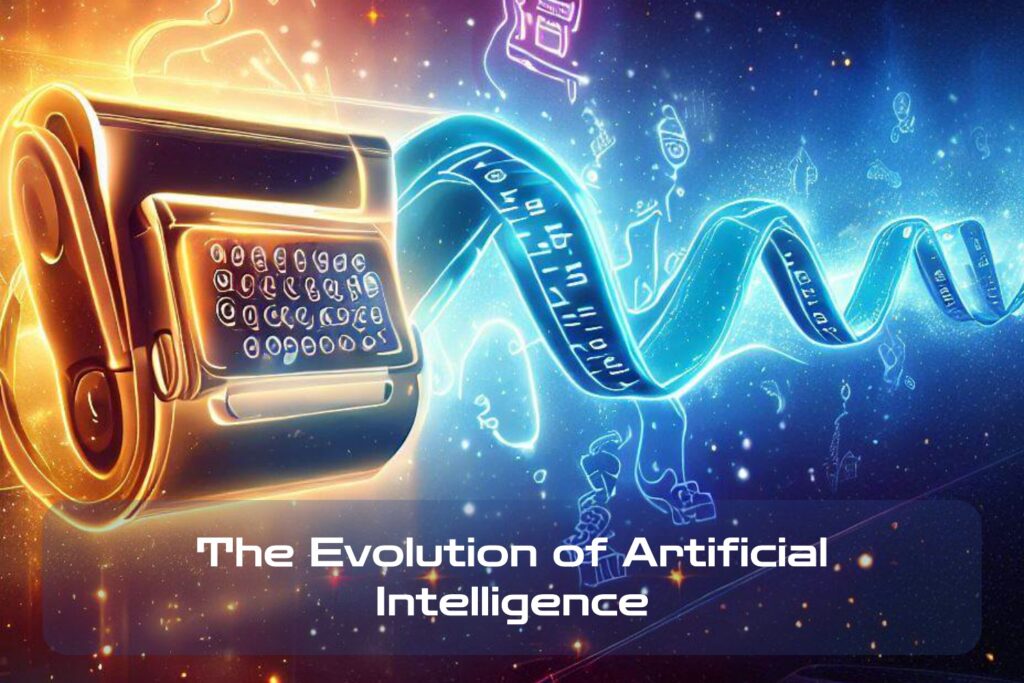Defining Artificial Intelligence
Artificial Intelligence, or AI, refers to a field of computer science concerned with the development of machines that can simulate human intelligence. In simpler terms, AI is the ability of a computer system to perform tasks that typically require human intelligence, such as learning, reasoning, and problem-solving.
Today, AI is becoming increasingly important in modern society due to its potential to transform various industries, including healthcare, finance, and transportation.
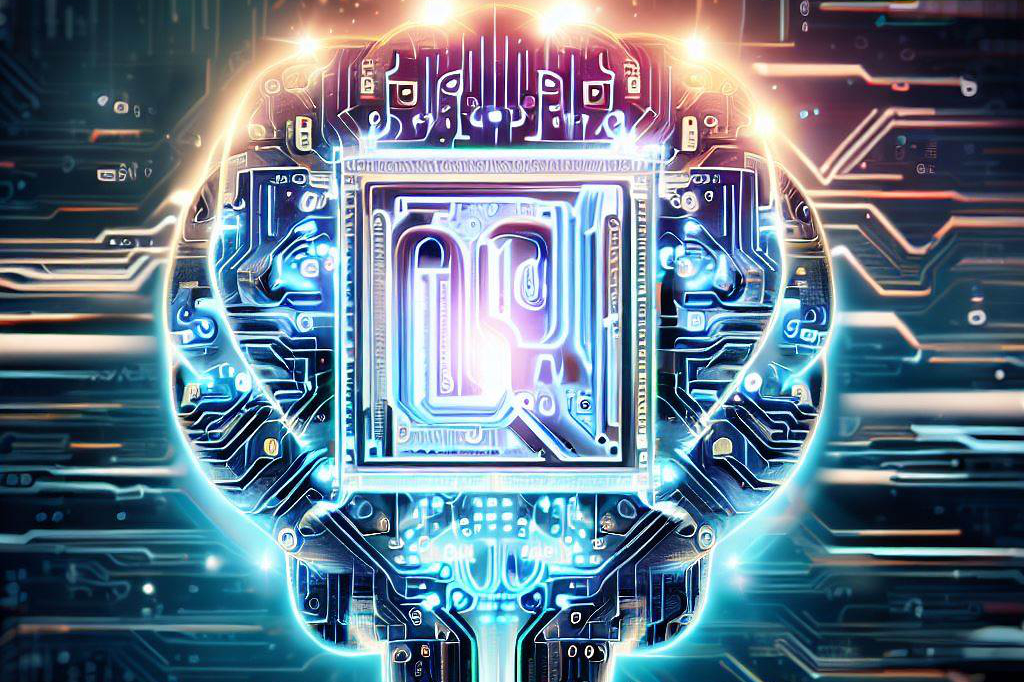
With the rise in data-driven technologies and machine-learning algorithms, businesses are leveraging AI for better insights into customer behavior and market trends. Moreover, AI has shown promise in improving efficiency by automating tedious tasks and reducing errors associated with human involvement.
The Importance of AI in Modern Society
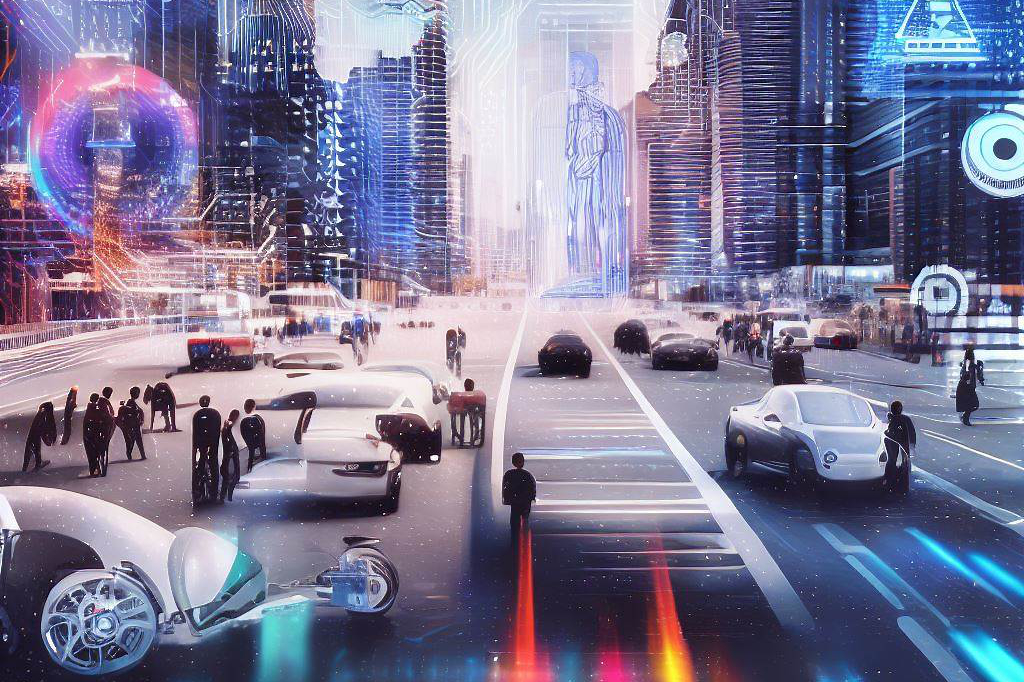
The impact of artificial intelligence on modern society cannot be overstated. The deployment of AI-led technologies has led to new opportunities for innovation across multiple sectors.
In healthcare, for instance, researchers are using machine learning algorithms to analyze patient data and develop better treatments for diseases like cancer.
In finance, companies are using predictive analytics powered by machine learning tools to minimize financial risk while improving operational efficiency.
Additionally, self-driving cars have emerged as a potential solution for reducing traffic congestion and accidents, thereby freeing up more time for other activities while on the road.
A Brief History of Artificial Intelligence Development
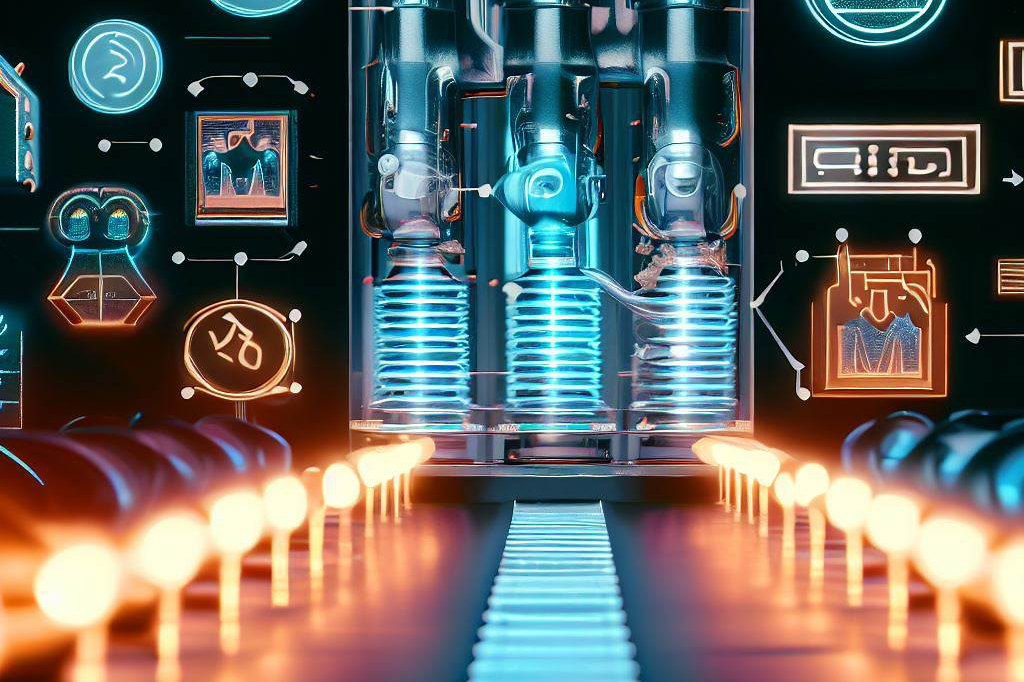
AI has roots dating back to ancient Greece, where mathematicians like Pythagoras developed theories on logic reasoning that later influenced computational logic models used today in modern-day programming languages like Python. However, it was not until 1956 that John McCarthy coined the term artificial intelligence at Dartmouth Conference which marked an important milestone in AI history. Since then, there have been significant strides made towards achieving true artificial general intelligence (AGI).
Expert systems centered around rule-based systems dominated much of the 1970s, but the 1980s and 1990s saw a shift towards machine learning with the development of neural networks and deep learning algorithms. Today’s AI is characterized by data-driven models designed to learn from vast amounts of data, a trend that will undoubtedly continue to shape the future of AI development.
Early Developments in AI

Artificial Intelligence (AI) is a branch of computer science concerned with the creation of intelligent machines that can perform tasks that typically require human intelligence. The early developments in AI can be traced back to the Dartmouth Conference, which took place in 1956. This conference marked the birth of AI as a field of study and brought together leading computer scientists, mathematicians, and cognitive psychologists to brainstorm ways to create intelligent machines.
The Dartmouth Conference (1956)
The Dartmouth Conference was organized by John McCarthy, Marvin Minsky, Nathaniel Rochester, and Claude Shannon.
The conference brought together researchers interested in various aspects of artificial intelligence research, such as
- natural language processing,
- problem-solving,
- pattern recognition,
- and machine learning among others.
During this conference, the participants established the goals for artificial intelligence research which included designing computers that could learn from experiences and solve problems like humans.
Turing Test and ELIZA program (1966)
In 1966 Joseph Weizenbaum created an AI program called ELIZA which could simulate human conversation through natural language processing technology. He designed it to mimic a psychotherapist by asking open-ended questions based on what users had just said.
The Turing Test was designed by Alan Turing to test whether a machine’s capability to exhibit intelligent behavior could be equivalent to or indistinguishable from that of a human being. Although ELIZA passed this test several times, raising concerns about its potential ramifications for society, it did not pose any threat as it merely followed pre-programmed responses based on pattern recognition, but it signaled that machines were capable of simulating complex human thought processes.
Expert Systems and Rule-Based Systems (1970s)
Expert systems are computer programs used to solve complex problems by making decisions based on knowledge stored in their databases or rule-based systems. These systems were developed in the 1970s and were often used in medical diagnosis, financial planning, and quality control.
Systems like MYCIN for treating infections and PROSPECTOR for mineral exploration were examples of expert systems that gained tremendous popularity. Rule-based systems are another type of AI system that uses if-then statements to make decisions.
For example, a rule-based system designed to diagnose car problems might include rules such as “if the engine is not starting, check the battery,” or “if there is smoke coming from the exhaust pipe, it could be caused by an oil leak.” These systems gained popularity in the 1980s with their integration into databases. While AI has come a long way since these early developments, they laid the foundation for what was to come in later years.
Advancements in Machine Learning
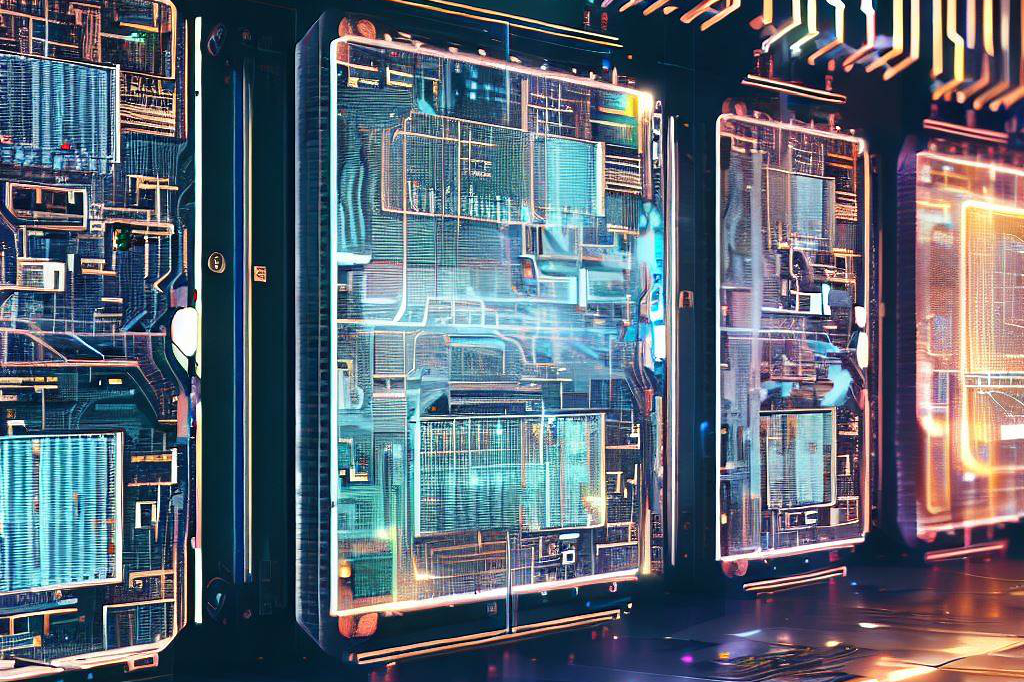
Neural Networks and Deep Learning (1980s-1990s)
Machine learning became more sophisticated in the late 1980s, with the introduction of neural networks. Neural networks are a type of machine learning algorithm that is modeled after the structure of the human brain. The network consists of interconnected “neurons” that can process information and make decisions based on that information.
Deep learning is a subset of neural networks, where multiple layers of neurons are used to analyze and classify data. The concept was introduced in the 1990s, but it wasn’t until the early 2000s that there was enough computing power to make it practical for large datasets.
The impact of deep learning has been immense, particularly in areas such as computer vision and speech recognition. Neural networks and deep learning algorithms are used in facial recognition systems, voice assistants like Siri or Alexa, self-driving cars, recommendation engines, and fraud detection systems.
Reinforcement Learning and Decision Trees (2000s-2010s)
Reinforcement learning is a type of machine learning algorithm where an agent learns how to behave in an environment by performing actions and receiving rewards or penalties for those actions. It has been extensively used in robotics, game playing AI agents like AlphaGo from Google DeepMind.
Decision trees, on the other hand, are a popular supervised machine-learning technique used for classification problems. A decision tree is constructed by recursively partitioning data into subsets based on features until all elements within each subset have the same target value.
This creates a tree-like model that can be traversed to classify new instances. Both reinforcement learning and decision trees have proven to be effective techniques for solving complex problems such as natural language processing or predicting stock prices.
Overall, advancements in machine learning have drastically changed our world over the past few decades. From speech recognition and computer vision to fraud detection and game playing AI, machine learning is making our lives easier and, in some cases, even revolutionizing entire industries.
Current State of AI
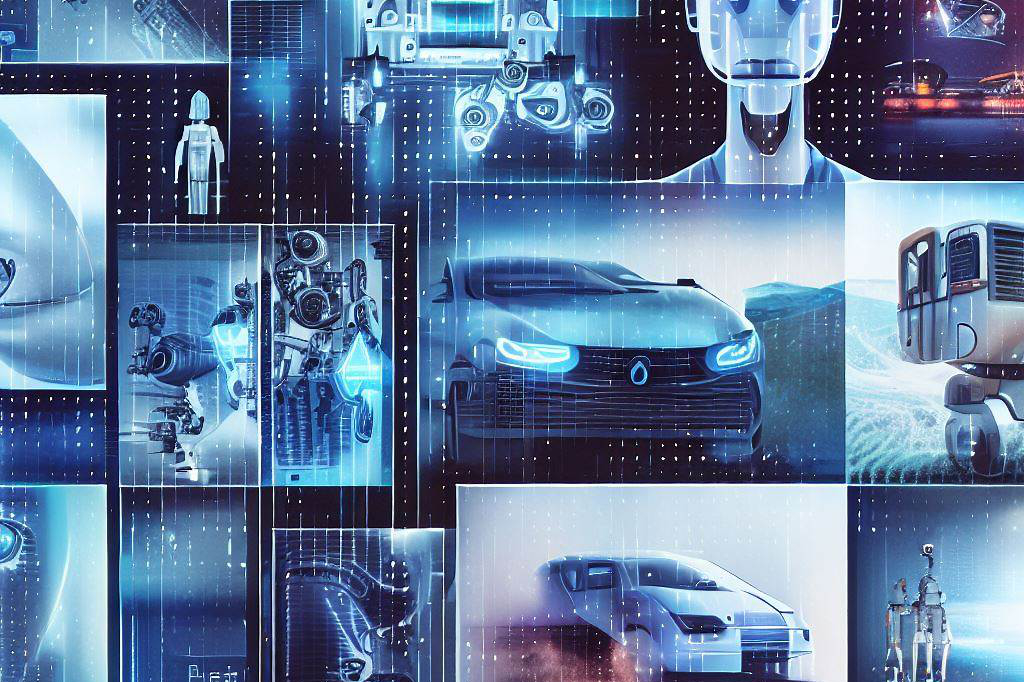
Artificial Intelligence has come a long way since its inception in the 1950s. With the rapid advancements in technology and computing power, AI has become an integral part of our daily lives. From virtual assistants like Siri and Alexa to advanced medical imaging technologies, AI is being leveraged in various industries to improve efficiency and productivity.
Natural Language Processing and Sentiment Analysis
Natural Language Processing (NLP) is a subfield of AI that focuses on the interaction between computers and humans through natural language. NLP helps computers understand human language by breaking down complex sentences into smaller parts, analyzing them for meaning, and generating appropriate responses. This technology is used in virtual assistants, chatbots, customer service automation, sentiment analysis, content analysis, and more.
Sentiment analysis is a technique used to determine the emotional tone of a piece of text or speech. This technique analyzes text using NLP algorithms to detect emotions such as happiness, sadness, or anger.
Sentiment analysis has become an essential tool for businesses to analyze customer feedback on social media platforms like Twitter or Facebook. It can be used to identify trends that could help businesses make better decisions about product development or marketing strategies.
Computer Vision and Image Recognition
Computer vision refers to the ability of computer systems to interpret visual data from the world around us. It involves capturing images from cameras or other sensors and processing them using algorithms that can recognize patterns within those images. Computer vision is used extensively in areas such as self-driving cars, robotics, surveillance systems, and medical imaging technologies, among others.
Image recognition is one aspect of computer vision that involves identifying objects within an image or video stream with high accuracy by leveraging deep learning techniques such as convolutional neural networks (CNN). Image recognition has several applications, including facial recognition, object detection in security systems, and automated quality control in manufacturing plants.
The Future of AI Development
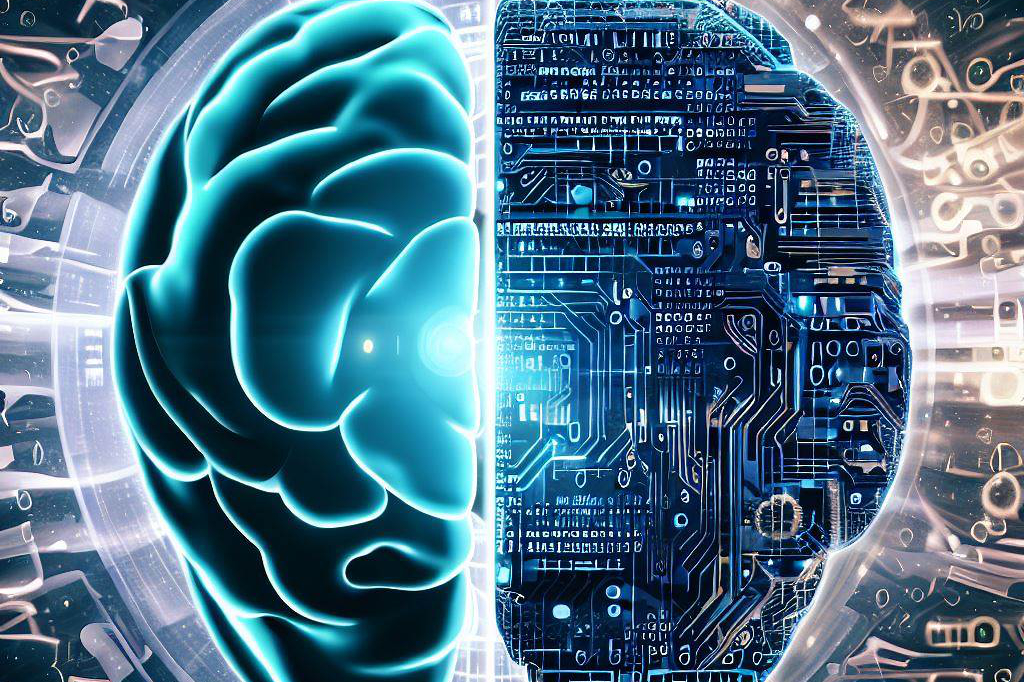
Advancements in Quantum Computing: A New Era in AI
As the world continues to evolve, quantum computing is becoming increasingly important and has the potential to revolutionize the field of artificial intelligence. Traditional computers are limited by their binary nature, which means that they can only represent information as either zeros or ones.
However, quantum computers use qubits instead of traditional bits and are able to represent information as both zeros and ones simultaneously. With this new computing power, machine learning algorithms will be able to analyze much larger datasets at a faster rate than is currently possible.
This could lead to major advancements in areas such as natural language processing, image recognition, and even autonomous vehicles. Furthermore, with these advances in machine learning capabilities comes an opportunity for new breakthroughs in scientific research that were previously unachievable.
While quantum computing may seem like something out of science fiction today, it is rapidly becoming a reality. It’s only a matter of time before we begin seeing real-world applications of this technology.
Ethical Considerations for AI Development: Striving for Responsible Innovation
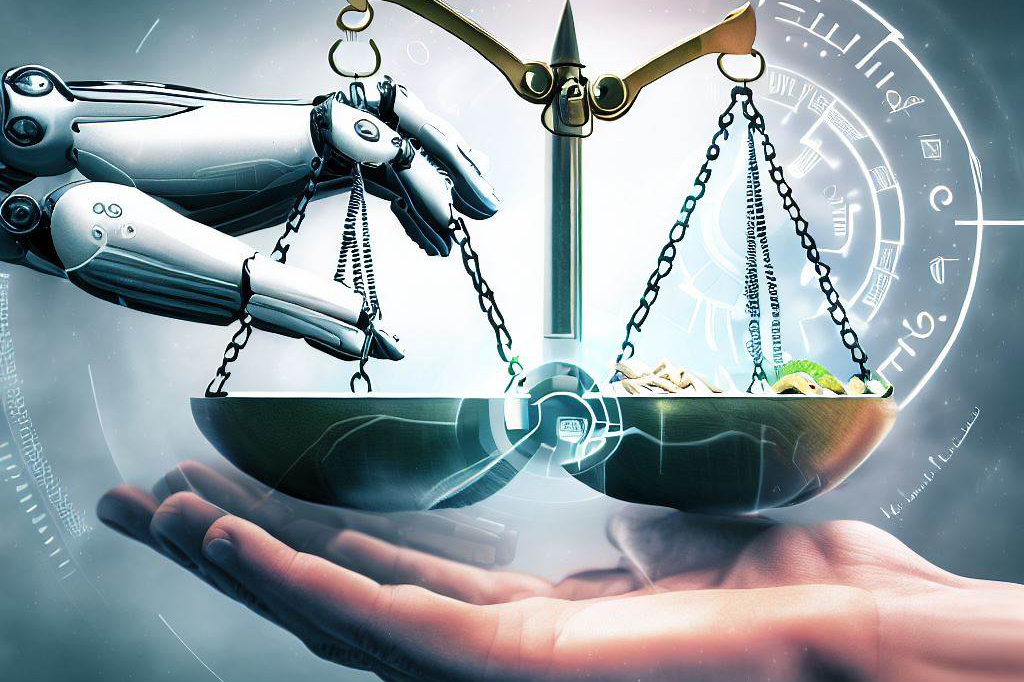
As artificial intelligence continues to advance at an unprecedented pace, it is important that we do not overlook the ethical implications associated with its development. We must ensure that advancements in technology do not come at the expense of social or ethical values.
One major ethical concern for AI development includes privacy concerns around data collection and surveillance. As companies continue to collect more data about individuals’ lives and behaviors through various channels such as social media platforms or internet browsing habits, there is an increased risk that this data could be used against them.
Additionally, there are concerns surrounding job displacement as automation becomes more common across industries; how can we ensure economic stability if these jobs disappear? There are also worries about bias within algorithms; without careful consideration during programming, there may be unintentional bias programmed into these systems, leading to unfair treatment.
To address these and other ethical considerations, it is important for developers and policymakers to work together to promote responsible innovation. We must ensure that AI is developed in a way that benefits all members of society, not just those who have the power or money to influence its direction.
Final Thoughts

In many ways, the future of artificial intelligence is still unknown. As technology continues to advance at an unprecedented pace, so too does our understanding of how best to use it.
However, what we do know is that artificial intelligence will continue to have significant implications for our society, both in terms of its potential benefits as well as the ethical challenges it presents.
It will be important for researchers and policymakers alike to keep up with these changes and work collaboratively towards ensuring a fairer future for everyone involved. Only then can we take full advantage of AI’s immense potential while simultaneously addressing any unintended consequences or negative impacts on society as a whole.

C M, a seasoned editor, journalist, and consultant, is deeply fascinated by the convergence of technology, space, and the future of humanity.
With a particular interest in transhumanism, futurology, and the philosophical and ethical dimensions of these domains, C M serves as the lead contributor to TranscendSphere and SpaceSpotlight.
When not penning insightful articles on these rapidly evolving fields, C M indulges in their love for podcasts and books, proudly embracing their status as a ‘Happy Nerd Extraordinaire!’

